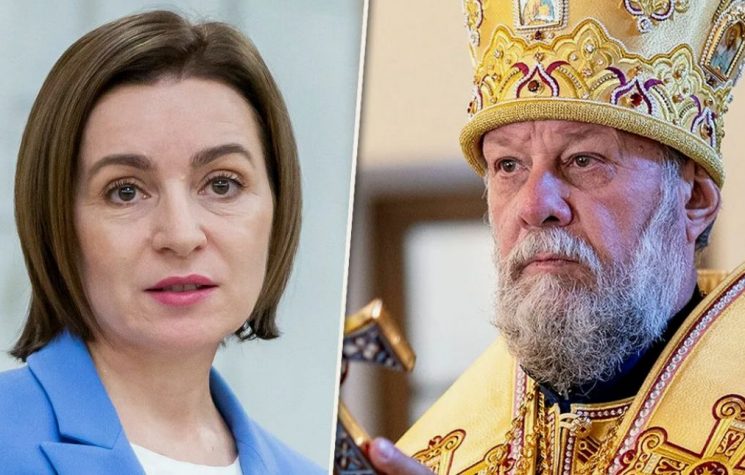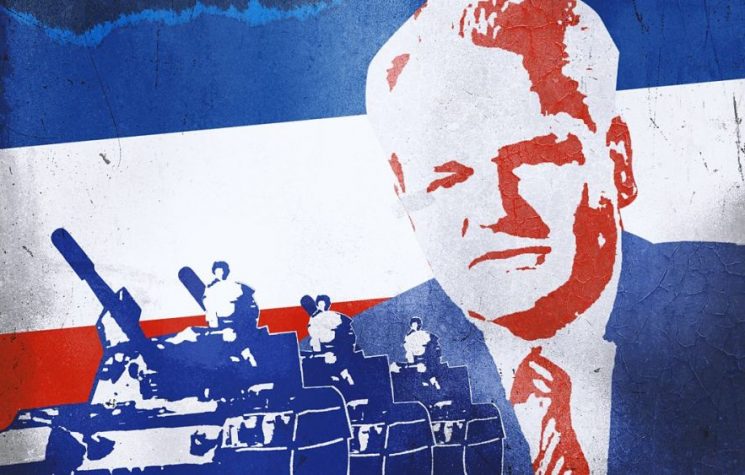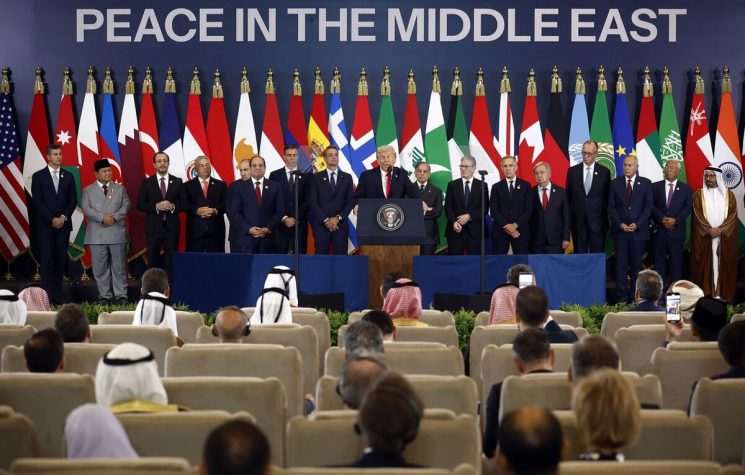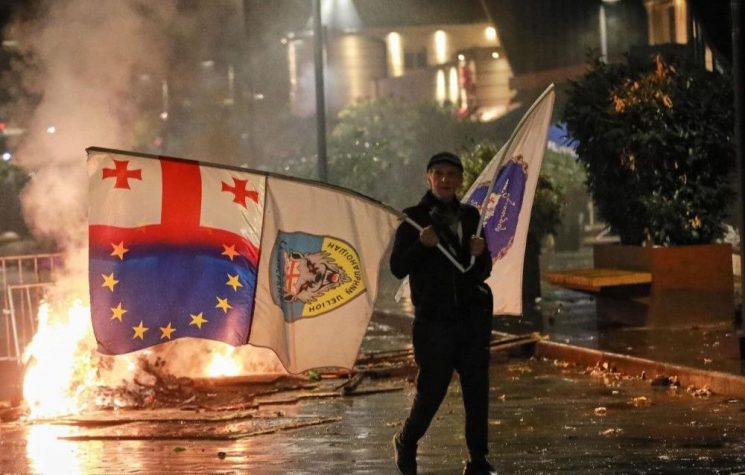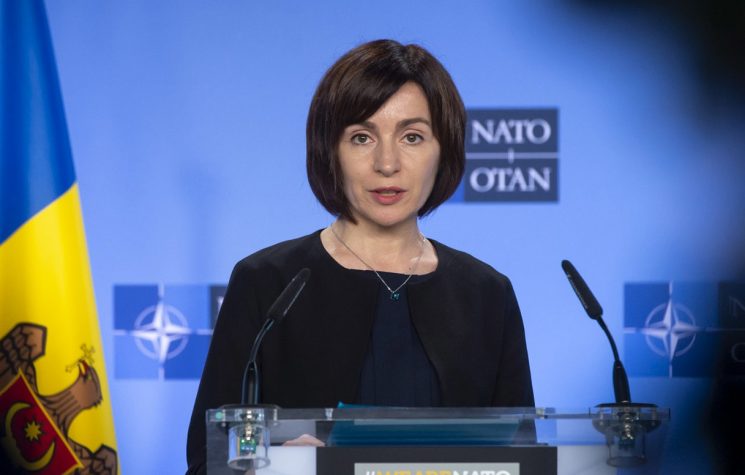Protestors for a pro-European Union future are gathering in the capital to show that the majority wants the supposedly pro-Russian President of Former Communist Country X to go away forever. We’ve heard this exact narrative many times before across the former USSR. So many times that it has become almost a cliché, but this time in Moldova the growing “Maidan” of recent days is noticeably bulging outside the template. The difference this time is that this Moldo-Maidan began after the election was already won by the pro-EU or more directly pro-Washington side. So the question is, why is President-elect of Moldova Maia Sandu at the center of large public protests when she is poised to soon take office anyways?
In a previous piece, I broke down the current troubles of Moldova and the mistakes of history they are very likely to be repeated based on certain similarities this republic has to the Ukraine, Georgia and Armenia. In that article the only key difference that makes Moldova different from the others is that Sandu won the election (apparently cleanly) without a Maidan-style Color Revolution. The years following revolutionary change tend to be rather harsh so one would hope that this could be avoided but that is exactly why the winning side is building a pseudo-Maidan on the streets of Chișinău.
The incoming President Sandu, has overtly stated that the reasons for these protests are to push for earlier elections next time with the justification that it will help the new President battle corruption. But how could earlier or later elections really affect corruption? The possible answer to this, is that there are too many pro-Russian members of the government currently in office and that she needs to strike while the iron is hot to get more pro-EU allies seated in various positions across the country.
This strategy makes a lot of sense as there is nothing more publicly disappointing then a Color Revolution 5 years in. This is the point where the naive street protestors that gave into empty promises see that nothing has changed except for a radical increase in national debt. Color Revolutions don’t age well, and poor countries that most Westerners can’t spell or find on a map tend to only get poorer and rustier under a cheap coat democratic of paint. The populous who fought for these changes wanted to remove corrupt officials from office, the problem is that they are simply replaced by different corrupt officials that wear a different lapel pin.
In the previously stated breakdown of the Moldovan situation, I made it clear that war between unhappy regions of the country and the capital is very likely since exactly the same thing has happened right after other Color Revolution events in other Former Soviet Republics. This sounded conspiratorial to some but thankfully President Sandu agrees with me saying that she “wouldn’t be surprised by a Nagorno-Karabakh situation in Transdniester”. It is always nice when world leaders publicly confirm your “conspiracy theory”. Although for the sake of the thousands that will potentially die, I hope that I will be proven completely wrong.
To be clear, the Maidan-style protests that Sandu is at the epicenter of are not for the sake of some sort of State Department checklist but to create the illusion of public support that happens from a Revolution. Politics can be very theatrical and it looks much better coming into office with hordes of angry villagers with pitchforks behind you. If you want to make big societal changes or try to send in your forces to break Transdniester then you will need a media friendly wave of popular support. We should not blame Sandu or any other politician for trying some stunt like this to drum up enthusiasm, what we can blame them for is to what ends will they use said enthusiasm.
What Sandu is doing is very intellectually interesting. Color Revolutions have always been an illusion of the people’s will. In Ukraine 40,000 organized activists decided the fate of 40 million citizens sitting at home watching passively. This was in a way a simulation of a revolution or a theatrical microcosm of one. What is happening in Moldova is essentially a “simulacrum” – a simulation of a simulation or a copy of a fake. This political term is very popular in Russian parlance, probably due to so many years of rule by the Communist Party, which adored fake attempts and fake results. When something falls into the simulacrum category it has no hope of success as it provides false solutions to false problems. This “Maidan Simulacrum” is for today a unique instance, but there is a lot of potential for politicians to try to copy this model.
Leaders across the globe should take note of this move by Sandu as it was cheap, easy and could become very effective. This sort of fake revolutionary spirit has worked well for Chavez/Maduro’s Venezuela and Duterte’s Philippines in which this type of exciting spirit of change has served to maintain the state rather than overthrow it.
Perhaps one final interesting curiosity is that the soon to be former President of Moldova Igor Dodon is planning a big trip to Moscow for meetings in the halls of power. This is a very strange way to start one’s retirement. Dodon is a man of steel resolve and he may not let one electoral loss end his life mission. The results of Mr. Dodon’s trip will reveal a lot about where Moldova is heading and Russia’s ability to convince its former territory to stay somewhat close to home.


















